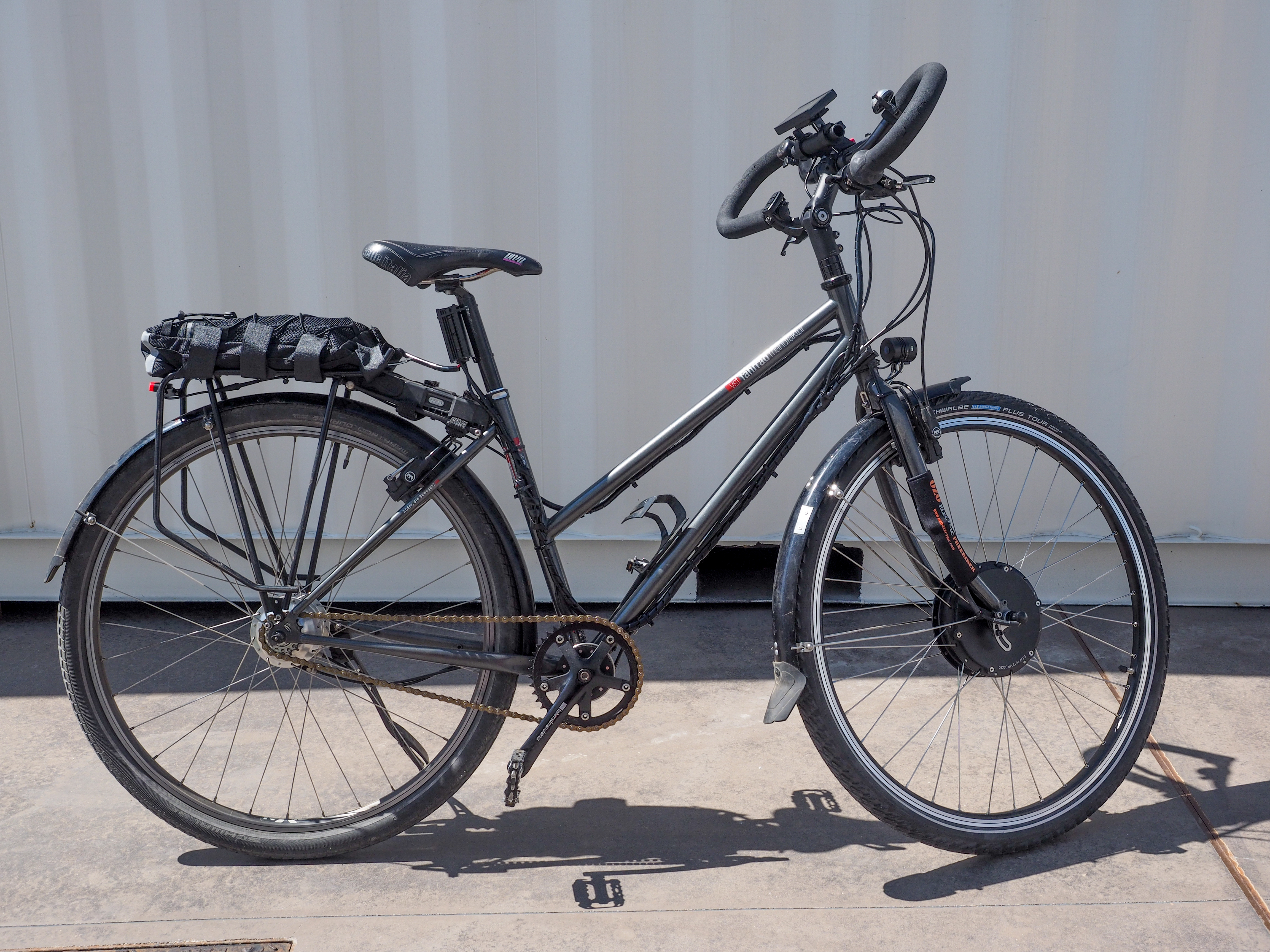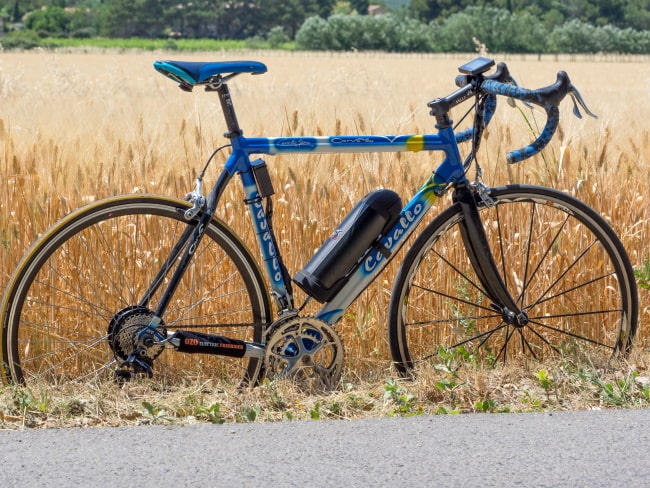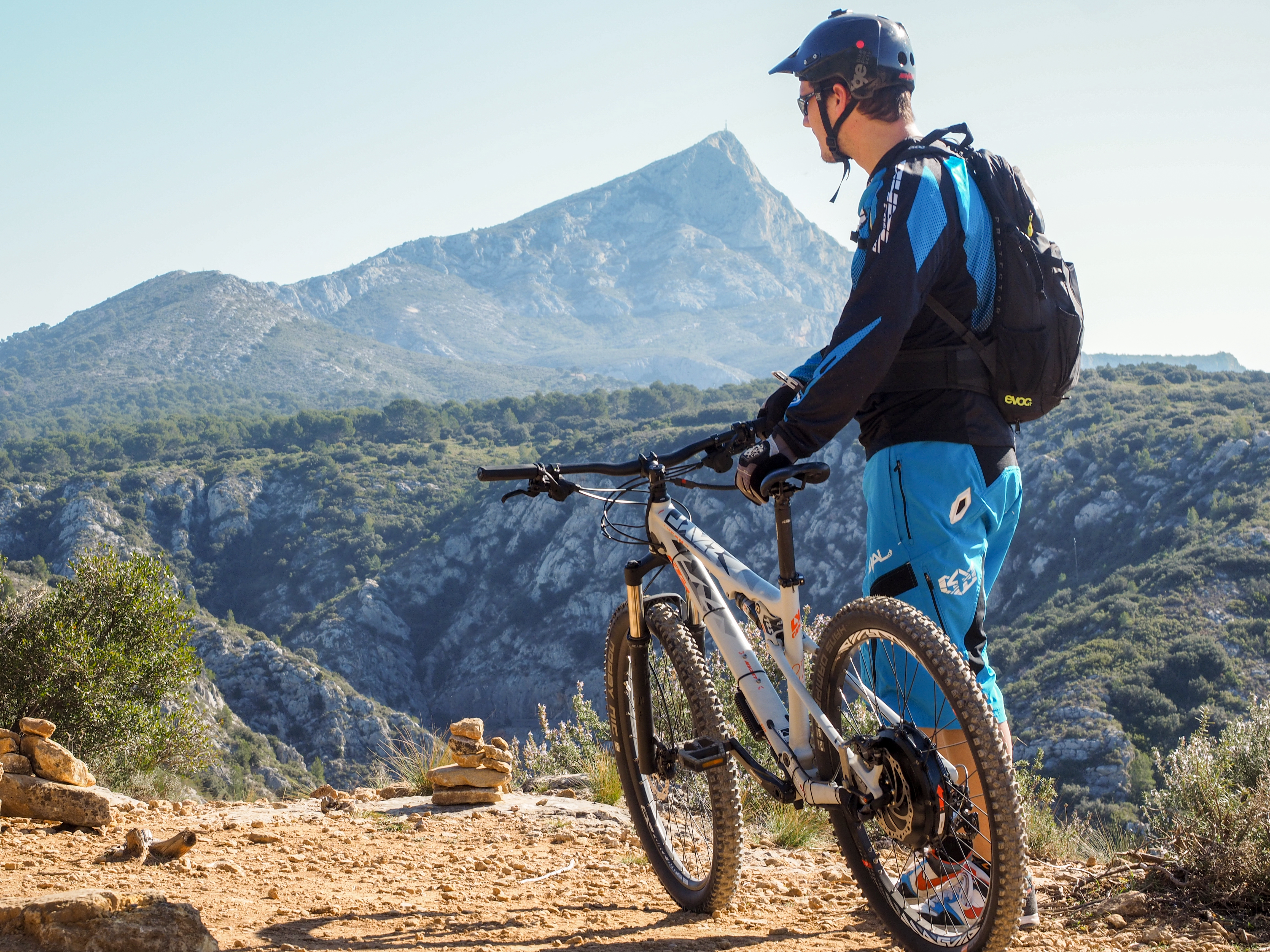How to choose a battery for an electric bike conversion kit ?
 | The battery is the heart of your electric bike kit. That why it is the most expensive component of the kit. Contrarily to a lead battery, a lithium battery is a complex product which requires thinking before purchasing. You will find in the following paragraphs, the basic information to select the battery which corresponds to your needs and to differentiate a “good” battery from a “bad” battery. Several elements matter during the selection of battery for an electric bike conversion kit. The most important criteria are :
|
The budget :
As you know, a lithium battery has a high price range. The price of a lithium battery depends on the quality of its cells and on the BMS which compose it, but also on its capacity and voltage.
With an equal cells quality, battery price will be proportional to its capacity : A 15Ah battery costs around 50% more than a 10Ah battery.
More the voltage increase, more the constitutive elements of the battery increase. A battery 48V 10Ah will be more expensive than a 36V 10Ah battery.
So you have to define your needs in power (choice of the quality of the cells), in maximum speed (voltage choice), and in autonomy (capacity choice).
The power of your kit :
To give the possibility to anyone to get a conversion kit, we offer several batteries technologies, qualities, voltages and capacities.
During the choice of your battery, please have a look at the technical product specifications especially at the continuous discharge intensity available.
If for example, we take a bottle battery 36V 9Ah, its continuous discharge intensity is 15A, which means that the battery cannot be used on electric kits of more than 400W.
Please follow our preconisation on battery choice at the bottom of each kit page.
The autonomy you need :
On that matter, we invite you to read the corresponding chapter by clicking on the following link : estimation of the autonomy of your electric bike conversion kit.
Geometry and positioning of the battery :
We offer several geometrical formats of batteries adapted to every bikes and uses.
For a city bike, batteries with a double bicycle rack are interesting because the battery can be locked on the lower rack, leaving the upper rack available for a basket or a baby seat. This solution is also interesting for front wheel motorizations in order to get a better balance of the weights.
For bicycles with a triangular frame (Mountain bikes, hybrid bikes, road bikes) used on roads and forest roads, the position of the battery on the bike frame will import to reach a better balance on the bike.
For mountain bikes used on specific courses (trail, bike park…) we advise you to place your battery in an EVOC backpack with a dorsal protection EC certified. This solution will allow you to protect your battery in the case of a fall and to protect it from vibrations in order to keep a light and movable bike.
 |  |  |
Frequently asked questions :
What are the differences between a 36V battery and a 48V battery?
More the voltage of your battery increase, more your motor will work faster.

